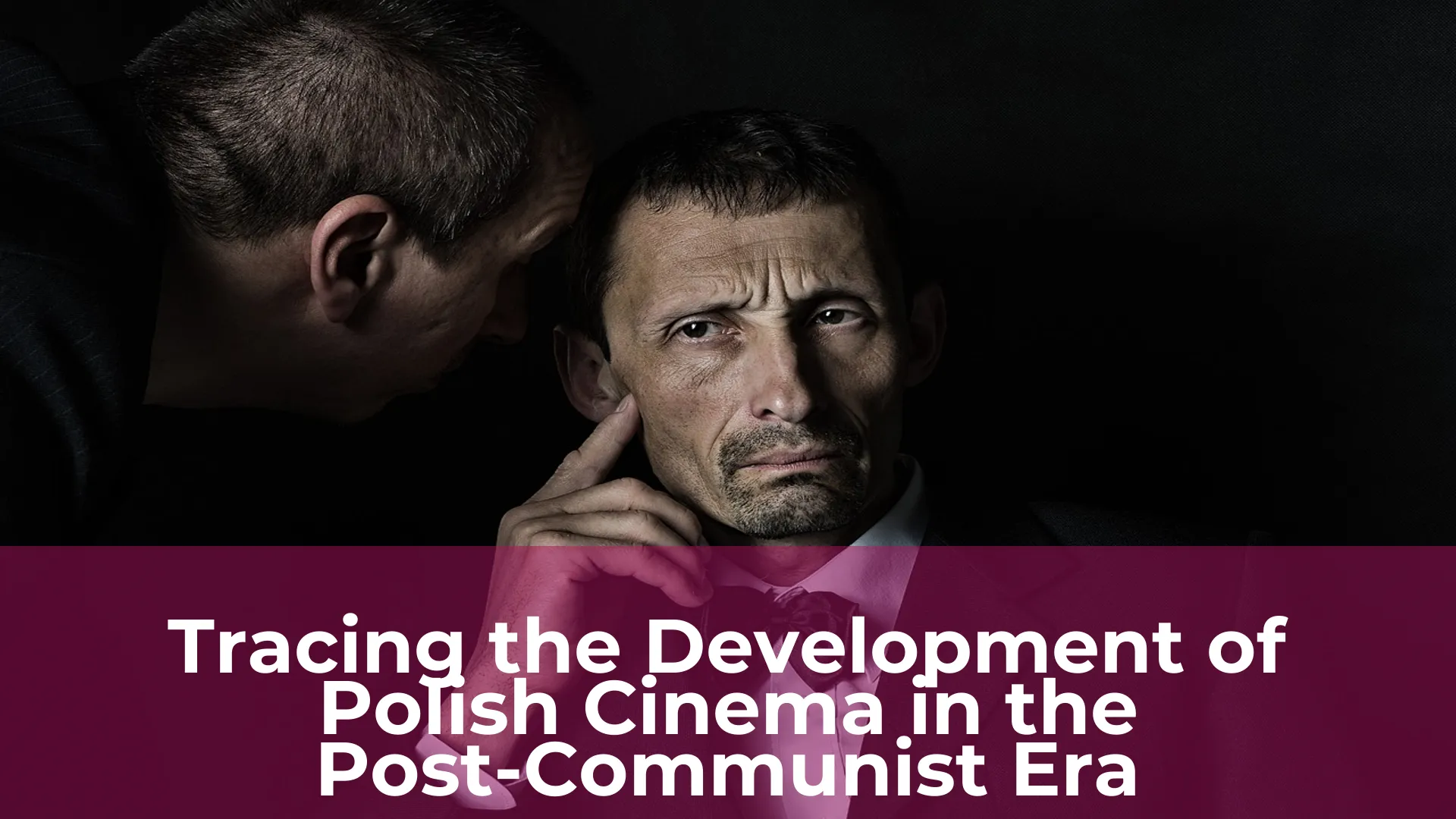The fall of communism in Poland marked a significant turning point in the country’s cultural landscape, including its film industry. In the post-communist era, Polish cinema witnessed a renaissance, with filmmakers exploring new themes and styles while also grappling with the aftermath of communism. This article traces the development of Polish cinema in the post-communist era, examining the key themes, directors, and films that have shaped this period of Polish film history.
Introduction: The Post-Communist Era in Poland
Poland, a country located in Central Europe, has had a complex political history. After more than four decades of communist rule, Poland experienced a significant transformation in the late 1980s. The fall of communism in Poland led to the establishment of a democratic government and the development of a market economy. The post-communist era ushered in significant changes in political, economic and social spheres, and Poland became a model of success for other countries transitioning from communism.
The post-communist era in Poland was marked by various economic and political changes. The privatization of state-owned enterprises, liberalization of trade policies, and the establishment of democratic institutions were some of the significant reforms undertaken during this period. The post-communist era also saw Poland’s integration into the European Union in 2004, which has led to significant economic growth, modernization, and an increase in the country’s international influence. Today, Poland is a thriving democracy, with a stable economy and an active participation in the global political arena.
The Revival of Polish Cinema in the 1990s
Polish cinema has a rich history, with classics like Krzysztof Kieślowski’s “Three Colors” trilogy and Andrzej Wajda’s “Ashes and Diamonds” garnering worldwide acclaim in the 20th century. However, the industry suffered under communist rule, with censorship and lack of funding stifling creativity. It wasn’t until the fall of communism in 1989 that Polish cinema began to experience a revival.
The 1990s saw a new generation of filmmakers emerge, unencumbered by political restrictions and able to explore a wider range of themes and styles. Directors like Krzysztof Zanussi, Krzysztof Krauze, and Agnieszka Holland gained international recognition with films that tackled issues like corruption, social inequality, and the legacy of the Holocaust. At the same time, established directors like Wajda and Kieślowski continued to produce notable works.
The revival of Polish cinema in the 1990s not only brought critical acclaim and commercial success, but also helped shape the national identity and cultural landscape of Poland. With a newfound freedom of expression, filmmakers were able to showcase the diversity and complexity of their country, creating a cinematic legacy that continues to inspire and influence today.

